Maximum savings with the highest functionality
A modern building is a complex system of electrical, heating, cooling, air conditioning, telecommunications, water and sewage installations. Thanks to building automation, we integrate all these systems into one intelligent system that optimizes energy consumption, minimizes operating costs and increases the comfort of use.
We do
Our extensive offer includes both design work and the execution of building installations. We also install energy sources in the building.
Building installations in the field of electrical engineering:
Electrical installations
We perform electrical installations in residential buildings up to 1kV, including: cable connections and joints, distribution boards, risers and power lines, and receiving installations.
Building automation
We perform building automation based on the selected platform. Control: lighting, blinds, ventilation, heating (optimization of energy consumption) …
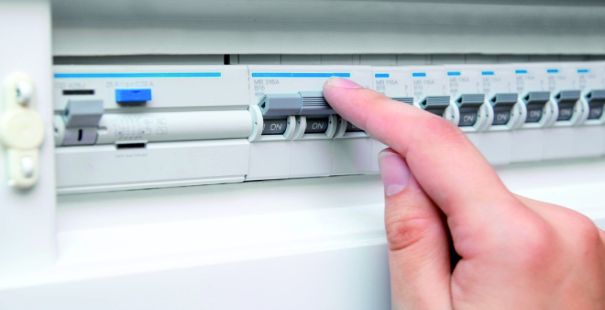
Building installations:
Hydraulics
We install internal water supply systems (run inside buildings) to supply cold and hot water.
Ventilation
We perform controlled air exchange through: mechanical ventilation, ventilation in systems with heat recovery.
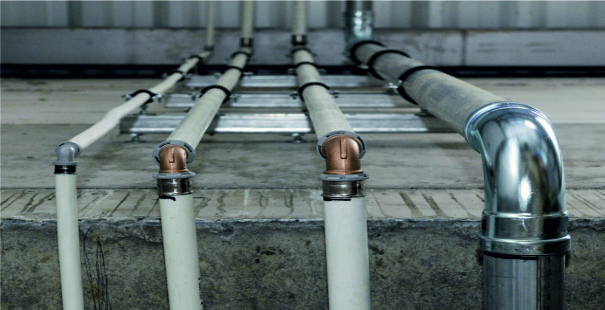
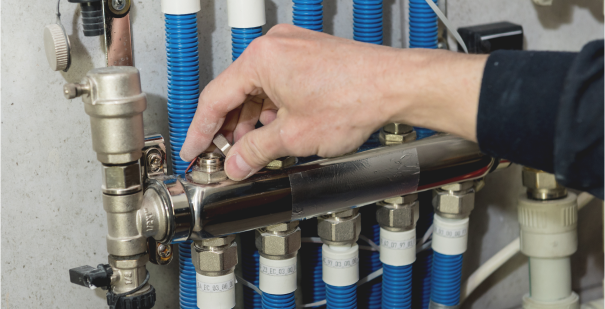
We install energy sources in the building:
Photovoltaics
We perform photovoltaic installations in an on-grid system (connected to the power system) and off-grid (with an energy accumulator).
Liquid solar collectors
We manufacture liquid solar collectors integrated with other heat sources.
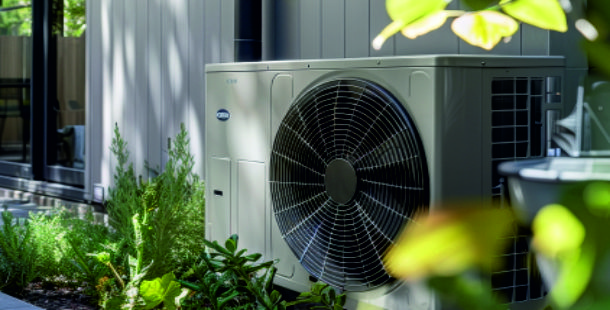
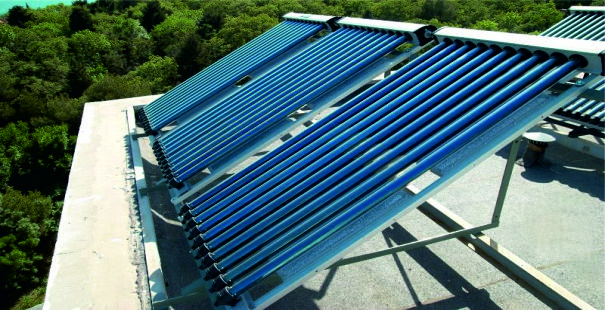
Design work
Building energy audit
It contains a technical and economic analysis specifying what needs to be improved in the building to be modernized.
Energy performance of buildings
An energy performance certificate is a document that determines the amount of energy required to meet energy needs.
Installation projects
An installation design is a detailed technical document that describes the planning, arrangement, assembly and operation of installation systems in a building or other facility.
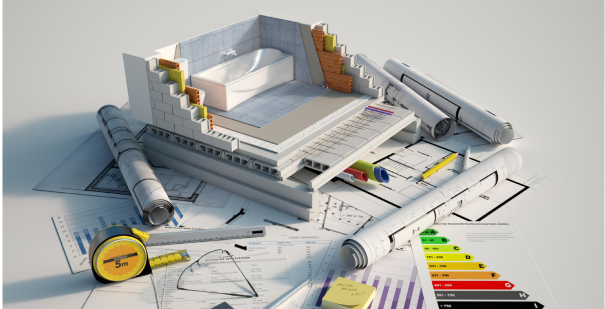
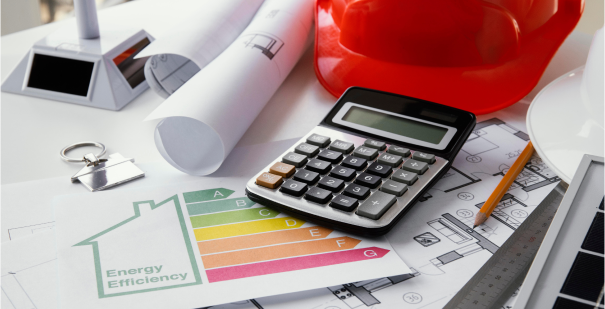
Methodology of cooperation with the investor - step by step
Step 1
Familiarization with the form of cooperation
The investor receives detailed information about our work methodology, based on specific examples of projects we have completed. This allows the investor to understand our approach and assess how our solutions can meet their needs.
Step 2
Presentation of expectations by the investor
The investor defines their requirements and vision of the project, which is the foundation for further action. A thorough understanding of expectations allows us to adapt our services to the specific needs and goals of the investor.
Step 3
Preparation of the offer by Minus Plus
MINUS PLUS develops an offer, including an economic valuation and proposals for technical assumptions. This phase allows the Investor to assess whether our proposals are in line with their expectations and budget.
Step 4
Acceptance of the preliminary offer by the investor
Preparation of a full offer: After acceptance of the initial offer, MINUS PLUS prepares a full, detailed offer, taking into account all technical and economic aspects of the project. This offer includes final valuations and a comprehensive investment implementation plan.
Step 5
Signing of the contract by both parties
After agreeing on the details, the Investor signs an agreement with MINUS PLUS, formalizing the cooperation. The agreement precisely defines the scope of work, schedule and financial conditions.
Step 6
Carrying out work according to the contract and schedule
The MINUS PLUS team begins work in accordance with the agreed contract, ensuring the highest quality standards. At this stage, all activities are closely monitored to ensure compliance with the project assumptions.
Step 7
Introducing changes at the project implementation stage
During the project implementation, circumstances requiring changes may arise. Simple modifications often do not affect the budget and schedule, but more complex ones may require a change in the project assumptions. Thanks to our experience, we effectively manage such situations, minimizing the risk of delays and additional costs.
Step 8
Starting up installed systems
After completing the work, we start running all installed systems and testing their operation. This stage guarantees that all elements of the project function in accordance with the Investor's expectations.
Step 9
Handover of works with warranty and after-sales support
MINUS PLUS formally hands over the completed project to the Investor, along with full documentation and a guarantee for the work performed. The Investor receives full after-sales support, ensuring the safety and durability of the investment.
In our work it is important
Efficiency
50% of work is planning. Good planning ensures timely execution.
Economy
The cost of investment, in relation to functionality, is the answer to the question: Is it expensive?
Quality
New technologies combined with the solidity of classic craftsmanship.
We make sure that the investor receives full information about each project, taking into account both its strengths and weaknesses. Our goal is for the client to be aware of all aspects of the proposed solutions, which allows them to make the best decisions. An informed and satisfied client is our best recommendation and advertisement.
The quality of our work is taken care of by
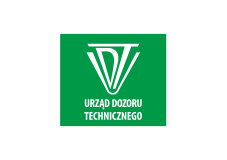
UDT
Office of Technical Inspection

VULTURE
Association of Polish ElectriciansTÜV
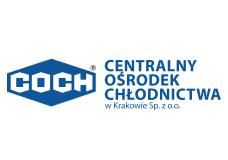
COCH
Central Refrigeration Center
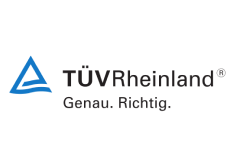
TÜV
Rheinland Poland

Minus plus
Internal procedures and training
Our other activities
Synergy in work is our strength. We offer building installation services, products from electrical systems to water and heating systems, and information on sustainable energy systems, modern technologies in construction, functionality.
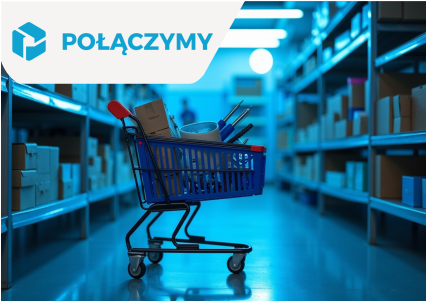
"We'll Connect" online store.
It offers a wide range of products for building installations: electrical, water, heating, ventilation and telecommunications. We provide quality, competitive prices and fast delivery - for professionals and DIY enthusiasts.
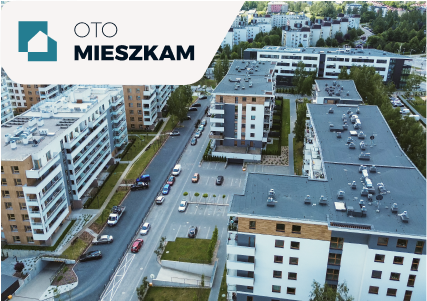
Blog "Here I live". How to choose an apartment - a house, adapted to your needs?
We help you consciously go through the process of buying a flat or a house. We focus on functionality and surroundings, so that your choice perfectly suits your needs.